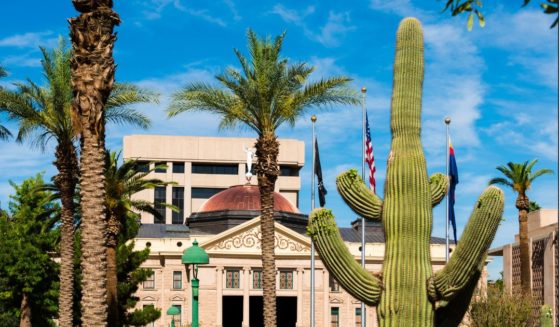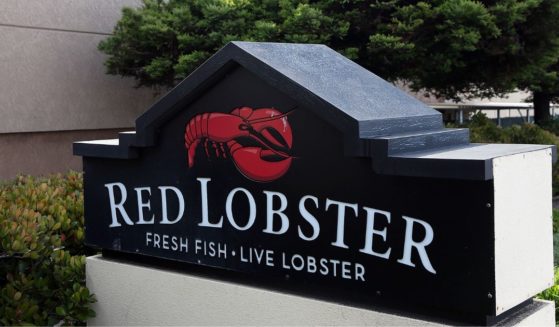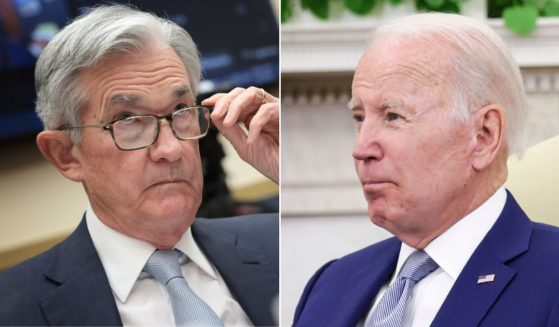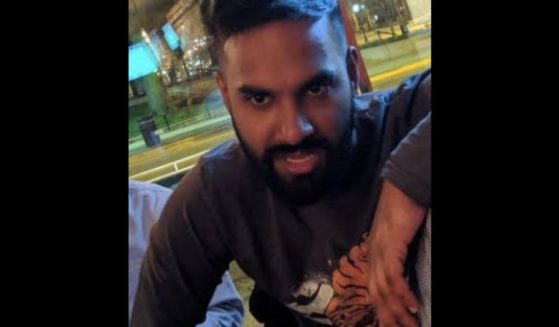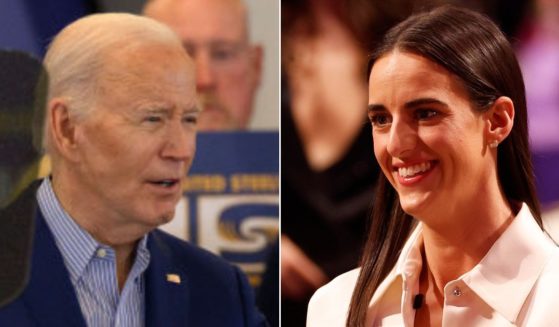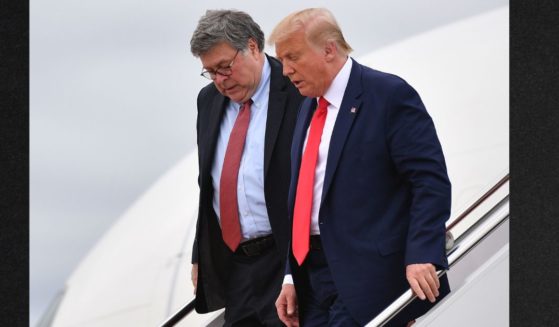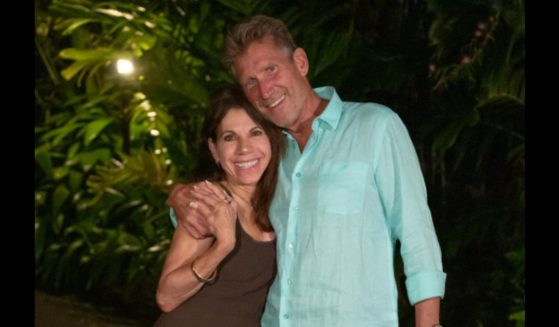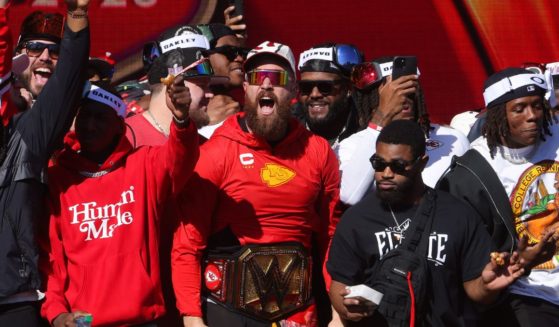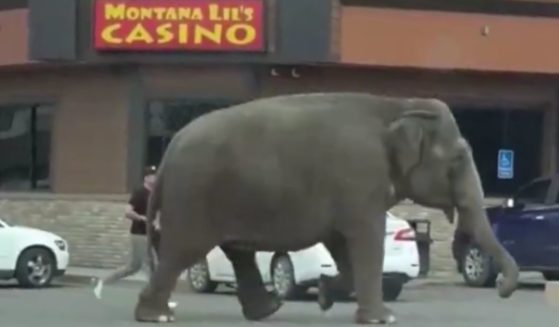Irish pride, and dash of politics, at St Patrick's Parade
NEW YORK (AP) — A new, troublesome topic hovered over the St. Patrick’s Day parade in New York this year: Britain’s failed Brexit deal with the European Union that could squeeze Ireland’s economy.
But nothing could put a damper on the largest American celebration of Irish heritage on Saturday, with tens of thousands of marchers following a painted green line up Fifth Avenue for the six-hour procession.
Kevin Coughlan, a 27-year-old spectator wearing pants with four-leaf clovers, captured both the New York celebration and the political near-catastrophe overseas, where he still has plenty of family — in Ireland.
“I’ve always been so proud to be an Irish-American, and that’s what today is about; it’s more than just one big party, it’s about celebrating our freedom,” said the Hoboken, New Jersey, resident.
His mood darkened when he turned to Brexit, which “is definitely something we’re all worried about, especially my family,” he said. “I mean, we’re all sort of just waiting for the shoe to drop to see what this means for the Irish economy.”
But, he added, “We can get through anything; we survived a potato famine.”
This year’s official parade theme was immigration, with Brian O’Dwyer, an immigration attorney and activist as the grand marshal. He’s a co-founder of the Emerald Isle Immigration Center in Queens that helps clients including a group of Latino immigrants that joined O’Dwyer on Saturday.
Through its history, dating back more than 250 years, the New York parade has often had a political element. In the 1970s and 1980s, as sectarian violence flared in Northern Ireland, there were controversies over the inclusion of groups supporting the militant wing of the Irish Republican Army. A banner reading “England get out of Ireland” has flown in the parade since the 1940s.
And for more than two decades, LGBTQ groups were officially banned from marching, until 2015, when marchers under a banner linked to NBC were first allowed in, opening the doors to other LGBTQ participants since then.
This year’s march is taking place amid a new set of questions about relations between the United Kingdom and Ireland.
“When the Irish take to the streets this Saturday for the 258th St. Patrick’s Day Parade, our thoughts will take us far beyond the festivities on Fifth Ave. to Washington, D.C., and to the British Parliament in London,” O’Dwyer wrote in an editorial in the Daily News.
British lawmakers are struggling to find a way to exit the European Union without disrupting the two-decade old peace accords that created an open border between the Republic of Ireland, which is in the E.U., and Northern Ireland, which is in the U.K.
This week, with a March 29 deadline looming, British lawmakers voted to seek to delay Brexit for at least three months. But the possibility exists that the line between the two parts of Ireland, which has been unguarded for 20 years, will once again become hardened with vehicle checkpoints, with trade rules and tariffs in force.
“It is pretty ironic that we’re celebrating Irish freedom and unity over here, while they’re debating the Irish border over there,” said paradegoer Chris Mahan, 56. “All of my cousins are still back in the old country, as we call it. They still don’t know what Brexit will mean for them, for their economy and yea, even their unity as a nation.”
But for most at Saturday’s parade, the political debate over the future in Ireland took a back seat to the pageantry.
“For me, today is so important because after all the suffering and all the tragedy, we came through. We’re here and we’re healthy,” Carol McNiff said, a third generation Irish-American.
“St. Patrick’s Day is about memories, for me. A proud heritage,” said Cathy Dwyer, 61. The Queens resident has been coming to the parade since she was a young girl. “I’d say my fondest memory was watching my husband march in this parade. And then watching my kids march. One of the proudest moments of my life.”
Popular marching groups include the pipes and drums corps for the Emerald Societies at the New York police and fire departments and the 1st Battalion, 69th Infantry Regiment, of the New York Army National Guard, which has led off the parade since 1851.
Elsewhere in the U.S., the largest St. Patrick’s Day parade in the South was held in Savannah, Georgia. Started by Irish immigrants to Georgia’s oldest city 195 years ago, the March parade has ballooned into a sprawling street party that’s the No. 1 tourist draw for Savannah.
“Savannah’s like a bad drug,” said Bruce Souers, a Savannah native who’s been attending parades for five decades, as he sipped Jameson Irish whiskey from a plastic cup. “Once it’s in your blood, you can’t get rid of it.”
Over in Chicago, the river there was dyed green, a tradition that dates back decades. Thousands line up to watch members of Chicago Plumbers Local 130 dump and spray the dye into the river from boats.
The Western Journal has not reviewed this Associated Press story prior to publication. Therefore, it may contain editorial bias or may in some other way not meet our normal editorial standards. It is provided to our readers as a service from The Western Journal.
Truth and Accuracy
We are committed to truth and accuracy in all of our journalism. Read our editorial standards.

